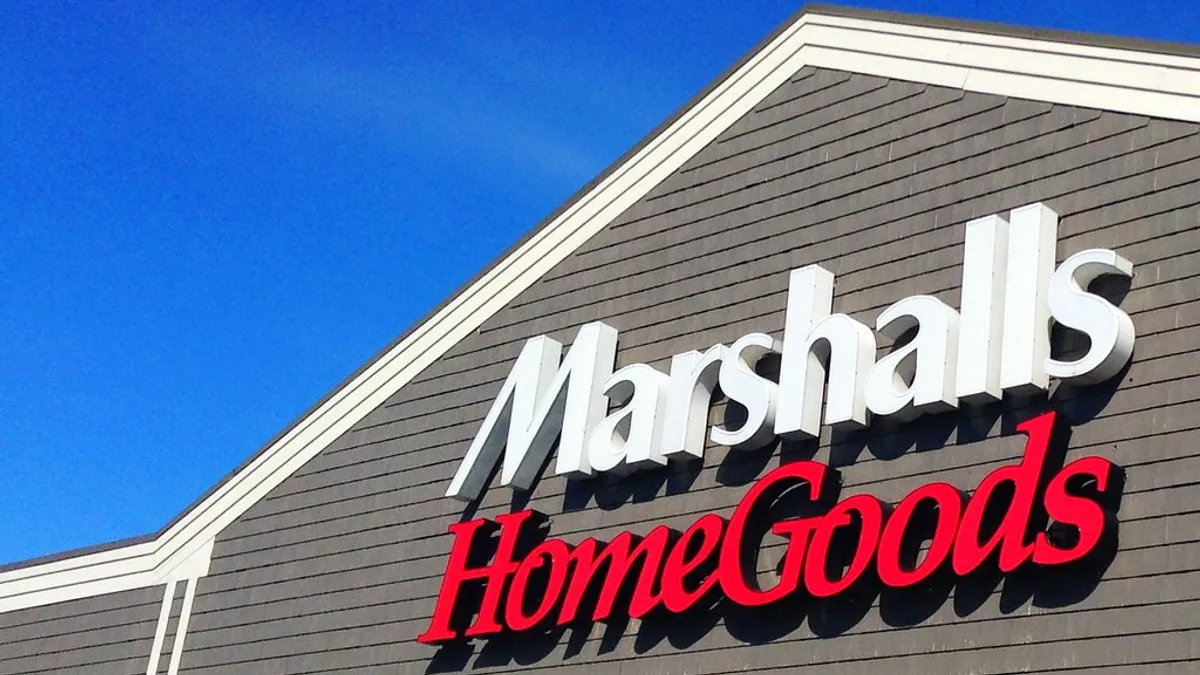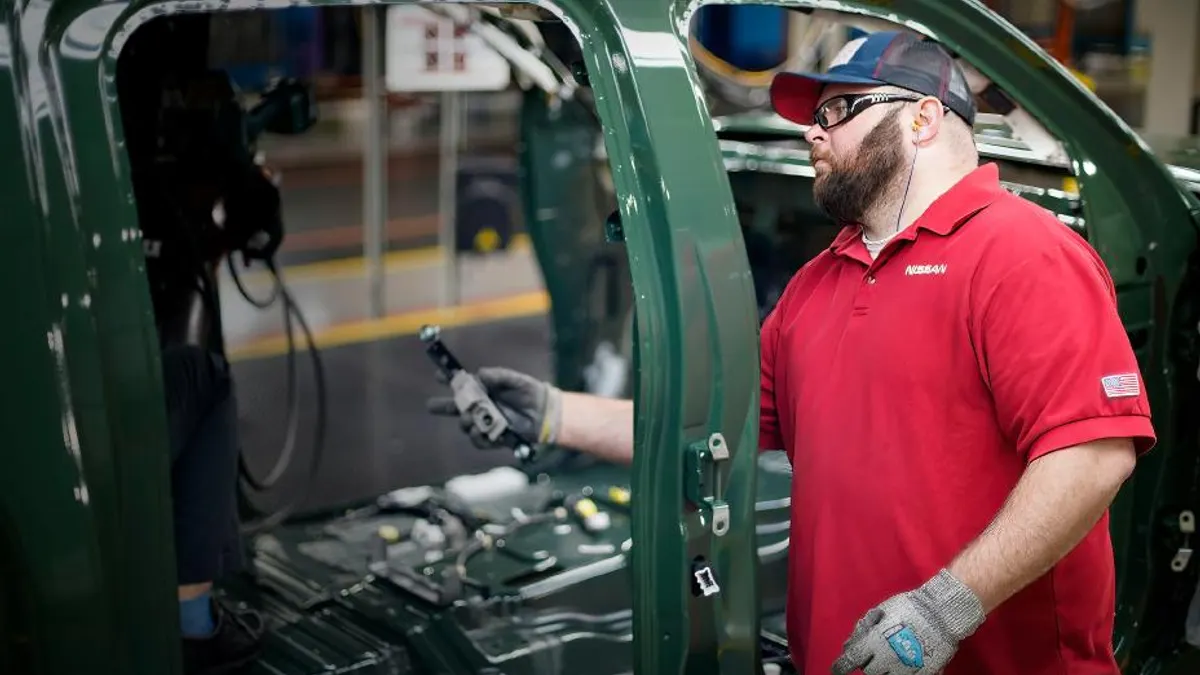Toys R Us isn’t the only large retailer whose demise has been partly blamed on e-commerce and Amazon. But what if it’s not Amazon but suppliers striking out on their own who are putting some brick-and-mortar retailers out of business or giving them a run for their money? A rise in direct-to-consumer (DTC) activity by suppliers, spurred by e-commerce, may be to blame.
Many suppliers and manufacturers are moving from bulk sales orders — even to large wholesale accounts — to selling more at an item or case level. That changes their business model and supply chain, making them rethink relationships with what used to be their entire client base. In many cases, suppliers started directly competing against their clients.
“Suppliers historically didn’t compete with the retailer,” said Steve Scala, executive vice president of DiCentral, a Houston-based provider of EDI and supply chain solutions. “There was an underlying fear. If you’re a manufacturer and you rely on the wholesale model to get to market, you don’t want to piss off your customer, the wholesaler.”
But that started changing, perhaps when companies started hawking products on television shows like QVC or Home Shopping Network, or when Amazon started providing suppliers with a means to reach customers directly, without brick-and-mortar retailers pushing back against their suppliers.
Forming a direct path to market
Smaller and start-up companies now have an easier route to market, not needing brick-and-mortar retailers for access and shelf space. “The dot com infrastructure has provided a new path to market for the regular guys,” Scala said. But large brands are competing directly too — not only in their own company stores, but by selling through Amazon and their branded sites. Suppliers are learning how to strike that balance, increasing DTC sales while maintaining their wholesale relationships, which can still constitute the majority of their sales.
Corporations are increasingly breaking down revenue categories in financial reports to include DTC revenue, where this wasn’t being done five to ten years ago, said Scala. “Manufacturers are publishing data, telling the retailer how much of the business is bypassing them,” Scala said. “The fact that they publish that is ballsy, and it’s pretty incredible what the numbers look like.”
Keep in mind that DTC isn’t just a supplier selling items from its own website. It can be selling via company-owned branded stores or even selling food items through supermarket “click and collect” programs, where groceries are ordered from an grocery store app and fulfilled from in-house inventory.
Changing business models – and the resulting problems
For the manufacturer: Instead of selling products by the pallet and truckload, one purchase order to the supplier for 1,000 pairs of sneakers turns into 1,000 purchase orders for 1,000 pairs of sneakers. By directly selling their own items, suppliers don’t have to share their margins with retailers.
What has to change? Suppliers have to upgrade their systems to allow for minimum order quantities (MOQ) and shipping items to fulfillment centers or multiple consumer locations. If they’re only making a certain quantity of an item, they may have to priority pick, distributing items among all customers, not just top retailer accounts, said Neil Ackerman, senior director of global supply chain advanced planning and innovation at Johnson & Johnson.
"It adds cost and complexity to being a manufacturer,” said Scala. Manufacturers have more control over pricing but are responsible for merchandising and competitive marketplace pressures that retailers used to handle. “The manufacturer is looking more like the retailer, and the retailer is looking more like the manufacturer.”
For the retailer: Retailers entering the e-commerce market are sometimes asking manufacturers for two different business models: buying products wholesale for their stores, and drop shipping items sold from their website. As a result, “Kmart sometimes acts like a wholesaler and sometimes like an Amazon,” Scala said.
Other challenges include customer service, fulfillment and possibly creating a tax nexus. “When you peel back the onion, direct to consumer has two major constraints that the majority have been unable to overcome,” said Ackerman. First is the high marketing expense of attracting initial and recurring site traffic. “That could be in the tens of millions of dollars,” he said, which is not a priority for all companies.
And then there’s fulfillment. While some use third party logistics providers (3PLs) for those capabilities, Ackerman warns that manufacturers should build up those skills themselves. Not only is it the future of consumer shopping, but fulfillment centers aren’t always able to ship quickly and may offer underwhelming customer service. If fulfillment doesn’t work well, the e-commerce site falls flat. “Outsourcing it isn’t a viable long-term model,” Ackerman said.
How two categories are reacting to DTC sales
Clothing: Amazon is expected to be the largest clothing retailer in the world in the next few years, even though many people still want to touch and try on their clothing at a store. Last year, 70% of Nike's growth was from DTC and totaled $9.1 billion. "That isn't Nike selling a couple of pairs of shoes. There's a B after that number," Scala said.

Consumer packaged goods: According to the Food Marketing Institute, by 2022 consumers might spend $100 billion a year on groceries online. While it may seem strange to order a box of crackers online, some people buy products in bulk if they eat them frequently, or in smaller quantities as part of an Amazon Pantry purchase. Here's a look at CPG growth, by the numbers:
- 49% of consumers buy CPG products online
- 44% of CPG companies have launched or will launch DTC models this year, said Kellogg Company’s Chris Perry, senior director of e-commerce at a recent Path to Purchase Summit
- 50% CPG e-commerce growth is expected through 2025, according to Perry
- $1 billion is the amount CPG giant Mondelez plans to sell via e-commerce by 2020, including Amazon sales and grocery “click and collect” sales
How not to upset the retailer
“That fear of disenfranchising the retailer, that’s over. There’s no fear anymore,” said Scala. But some suppliers disagree, trying to avoid channel conflicts with retailers or offering a different shopping experience, like competing on shipping discounts, not pricing. Or they differentiate themselves by selling personalized products online or unique products in their own stores to avoid direct competition with their wholesale client. Here are a few CPG products sold DTC with a customized or unique offering:
- Oreos sold holiday gift tins online in 2016.
- M&Ms launched personalized M&Ms in 2004, something few retailers could offer.
- Bear Naked Granola allows consumers to make their own granola blend online.
The downside is that “with personalization, you still have to spend millions in marketing,” said Ackerman. That might be a limited time frame if it’s a short-term sale, like with the holiday Oreos, which Ackerman launched while at Mondelez. If done as a unique promotion, it’s not threatening to the wholesale clients. “It’s limited in scale and scope, but makes a great pop for consumers,” Ackerman said. The learning curve for suppliers includes fulfillment and shipping costs, which add to the price. Those costs are easier to bear for items like expensive shoes but are more difficult for a $5 candy bar.
If this retail transformation continues with stores closing, and retailers’ only value proposition is putting the supplier on their website, the supplier will want to compete separately. “This is why retailers are under so much pressure,” Scala said. “They’re attacked by numerous fronts. Everyone is so focused on Amazon. Maybe that’s the eastern front. But there’s a western front no one is talking about. The battlefield is not just one dimensional.”





















